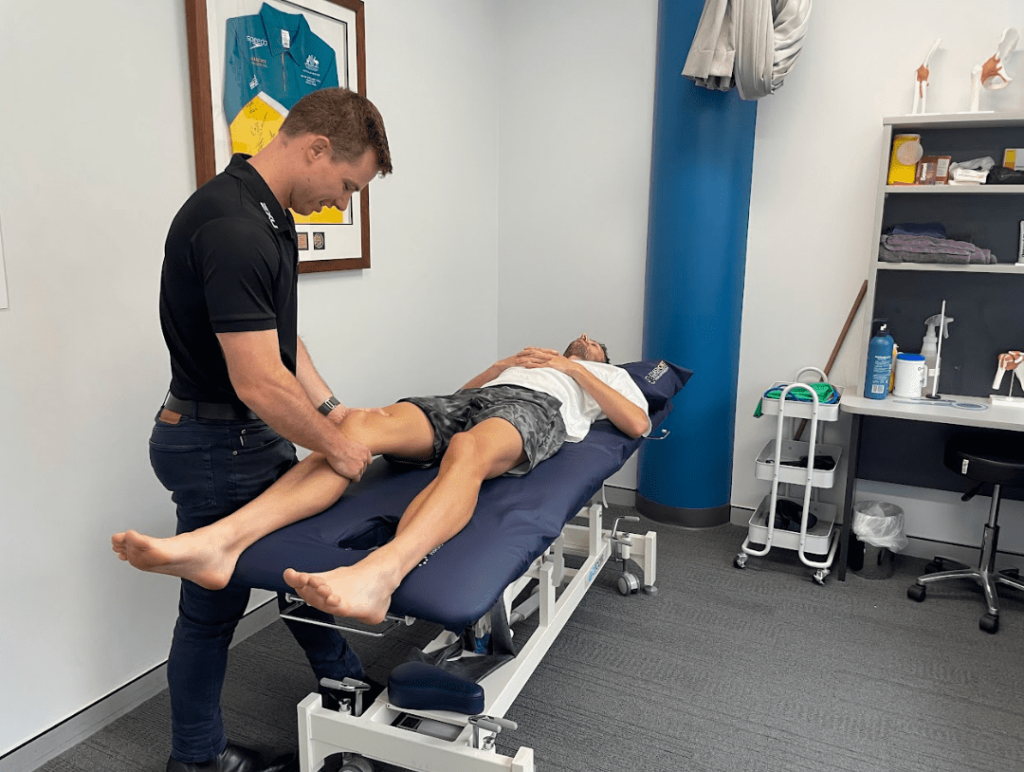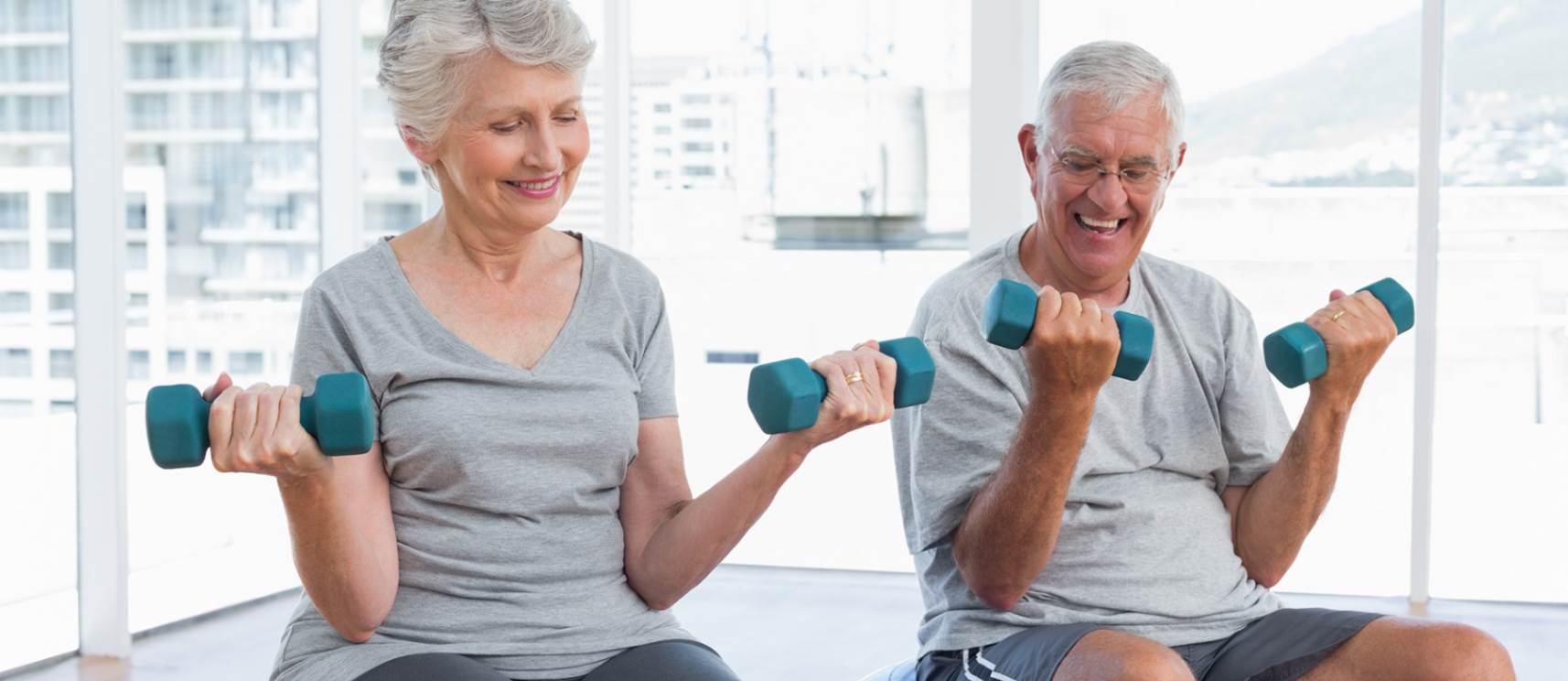In the world of sports and athletics, injuries are an inevitable reality. However, what sets athletes apart is not just their ability to recover from these setbacks but also their capacity to transform them into opportunities for growth and improvement. Performance rehabilitation is the cornerstone of this transformation, offering a comprehensive approach that goes beyond mere recovery to optimize performance and prevent future injuries. In this blog, we delve into the science behind performance rehabilitation, exploring its key components and strategies for success.
Understanding Performance Rehabilitation
Performance Rehabilitation Defined
Performance rehabilitation represents a paradigm shift in injury management, emphasizing the integration of specialized techniques and targeted approaches to optimize athletic performance. Unlike traditional rehabilitation methods, which focus solely on recovery, performance rehabilitation considers the athlete’s goals, strengths, weaknesses, and movement patterns to tailor a holistic treatment plan.
Tailoring Rehabilitation to Athletes
What truly sets performance rehabilitation apart is its holistic approach, which emphasizes not only recovering from the current injury but also optimizing overall performance. Central to this approach are sports medicine professionals and Physiotherapists who play a pivotal role in diagnosing injuries accurately and developing personalized treatment plans. These plans encompass strength and conditioning, rehabilitation exercises, and injury prevention strategies, ensuring athletes can return to their sport stronger and more resilient than before.

Components of Performance Rehabilitation
The Role of Sports Medicine & Physiotherapy
Sports medicine professionals and Physiotherapists serve as the cornerstone of performance rehabilitation, guiding athletes through every stage of their recovery journey. Through a combination of diagnostics, hands-on techniques, and therapeutic exercises, they help individuals regain strength, mobility, and function, laying the foundation for a successful return to sport.
Integrating Strength & Conditioning
Strength and conditioning are fundamental components of performance rehabilitation, aimed at rebuilding strength, enhancing performance, and reducing the risk of future injuries. By progressively loading injured tissues and addressing muscular imbalances, athletes can improve their overall athleticism and resilience, setting the stage for long-term success.
Rehabilitation Exercises & Techniques
Rehabilitation exercises form the backbone of performance rehabilitation, focusing on restoring proper movement patterns, enhancing stability, and improving functional capacity. These exercises may include proprioceptive training, balance exercises, strength, plyometrics, and agility drills, tailored to the individual’s specific needs and goals.

Strategies for Success in Performance Rehabilitation
Injury Prevention & Prehabilitation
Prevention is paramount in performance rehabilitation, and prehabilitation, or prehab, plays a crucial role in mitigating the risk of future injuries. By proactively addressing potential areas of weakness or instability through targeted exercises, mobility drills, and corrective techniques, athletes can optimize biomechanics and reduce the likelihood of reinjury.
Functional Movement Training & Athletic Rehabilitation
Functional movement training is a cornerstone of performance rehabilitation, focusing on enhancing movement efficiency, coordination, and performance in functional activities. By incorporating dynamic, sport-specific movements and exercises, athletes can improve their overall athleticism and transfer these gains to their sport or activity of choice. Athletic rehabilitation further refines these movements, bridging the gap between rehabilitation and performance and ensuring a seamless transition back to competitive play.

Nutrition & Recovery Management
Nutrition plays a vital role in supporting the body’s recovery and repair processes, making it an essential component of performance rehabilitation. Athletes recovering from injuries should prioritize nutrient-dense foods, hydration, and adequate protein intake to optimize their recovery and minimise downtime, ensuring they can return to sport stronger and more resilient than before.
Performance rehabilitation offers athletes a transformative pathway to injury recovery and athletic excellence. By leveraging the principles of personalized treatment, integrated approaches, and proactive strategies, athletes can not only overcome injuries but also emerge stronger and more resilient, ultimately maximizing their potential on the field and beyond. Performance rehabilitation represents a powerful fusion of science and art, enabling athletes to unleash their full athletic potential and achieve unparalleled success in their chosen sport or discipline. With dedication, perseverance, and the right guidance, athletes can rise above challenges, redefine their limits, and leave an indelible mark on the world of sports.



 Helping the Central Coast Feel Well, Move Well and Perform Well!
Helping the Central Coast Feel Well, Move Well and Perform Well!